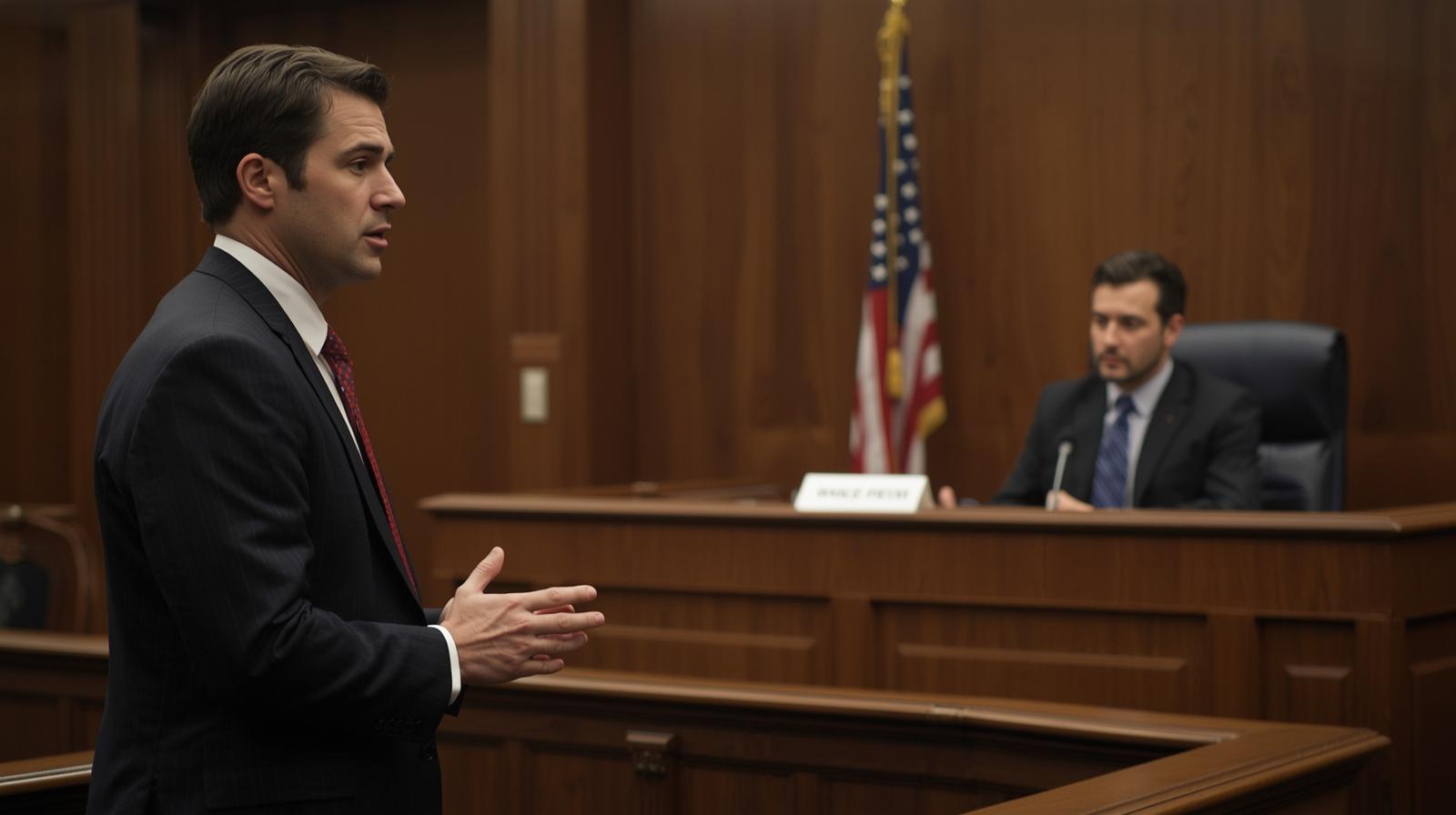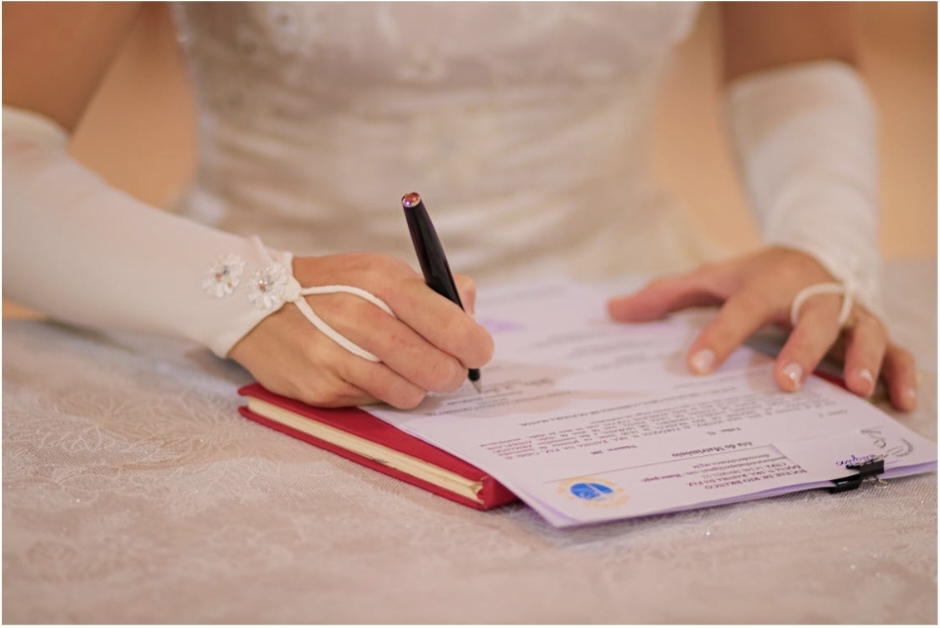It is never easy to lose a loved one, but it becomes even more complicated when that death is preventable due to the negligence of another party.
In the same situations, seeking justice through a wrongful death lawsuit can be of great consolation to the surviving relatives.
Nevertheless, it is always a challenge to establish negligence in a wrongful death lawsuit, and this is not something that can be done without thorough analysis and legal scrutiny.
In this guide, we will examine the fundamental processes and factors that provide the basis for negligence in wrongful death cases. Remember that if you want to file a wrongful death case, then you need a reputable wrongful death lawyer by your side.
Elements of Negligence
Wrongful death is another common cause of action in civil law. Negligence is the legal foundation for holding individuals or corporations liable for their actions or omissions. In a wrongful death case, several factors must be met for negligence to have occurred.
| If you want to file a personal injury case, then don’t forget to have a reputable personal injury lawyer by your side. |
Duty of Care:
The first step in proving negligence is to establish that the defendant had a legal obligation to the deceased to act as a reasonably prudent person would under similar circumstances.
Duty of care can be defined as the legal requirement to be careful and to take necessary measures to protect others from harm that may likely occur.
For instance, a driver has the legal responsibility to drive the car safely and follow the rules of the road to avoid an accident.
Breach of Duty:
After the existence of the duty of care has been assumed, the next thing that is required is to prove that the defendant breached this duty in one or the other.
A breach is defined as the defendant’s failure to adhere to the reasonable standard of care under the given conditions. This might encompass instances such as reckless driving, medical negligence, or failure to ensure that business premises are safe for customers.
Proximate Cause:
Besides duty, the plaintiffs must prove that the defendant’s actions caused their harm, and that this harm was a foreseeable consequence of the breach of duty.
Proximate cause is used to establish the extent of responsibility and identify whether the defendant should be held liable for the aftermath of their actions.
Damages:
Last but not the least, to prevail in a negligence-based wrongful death claim, plaintiffs must demonstrate that they incurred a loss because of the defendant’s conduct.
They encompass both direct and indirect losses, for instance, medical and treatment costs and wages lost, and general and special damages for example, pain, suffering, loss of consortium and emotional trauma.
The Following Steps are Common In Any Negligence Case:
Negligence is an important element of a wrongful death case and some factors should be considered when seeking to prove this aspect.
Investigation and Evidence Gathering:
The first element in a negligence case is establishing the death’s factual setting.
This may include police reports, medical records, witness statements, accident reconstruction reports, and any other relevant document.
However, gathering physical evidence, such as photographs, videos, and items that may have been at the scene of the accident, would also be helpful in the case.
Consultation with Experts:
Some important aspects that may be relevant in negligence cases include the expert testimony that may be important in determining liability.
It is always advisable to seek professional assistance from specialists in fields like accident reconstruction, medicine, engineering, or forensics to bolster your case by presenting a credible expert opinion in areas that are likely to be contentious.
Documenting Damages:
Lastly, for the claimant to prevail in a wrongful death case, it is important to prove the damages that the surviving members of the family have incurred due to the death. These can be special damages like medical bills, burial fees, lost wages, and loss of potential earnings, and general damages like physical and mental anguish, loss of consortium, and emotional trauma.
Common Pitfalls That Individuals Should Avoid When Filing Wrongful Death Claims
Delay in Filing:
One major drawback of filing a wrongful death claim is that it should be done early enough to prevent the case from being thrown out.
The period within which you can file a lawsuit may also differ depending on the state or country, and if you fail to file the case within the stated period, then you may be barred from pursuing your legal claim.
It is necessary to act immediately and seek legal advice as soon as possible due to time limitations.
Failure to Preserve Evidence:
In any wrongful death case, the need to prove the case beyond any reasonable doubt exists, and this is where evidence comes into play.
Forgetting to take pictures of the scene of the accident, medical records, or statements from any witness testifying will greatly reduce the strength of your case.
Preserving the facts is crucial to presenting a coherent case from the beginning, so it is important to gather and preserve evidence.
Not Seeking Legal Counsel:
Wrongful death lawsuits are legal actions that require professional advice, and it is, therefore, important to seek help from a professional.
The legal process can be complex, and trying to navigate it without any assistance can result in losses and unnecessary errors.
Hiring a wrongful death lawyer right after the incident is helpful to get legal advice on your rights and the prospects of your case.





